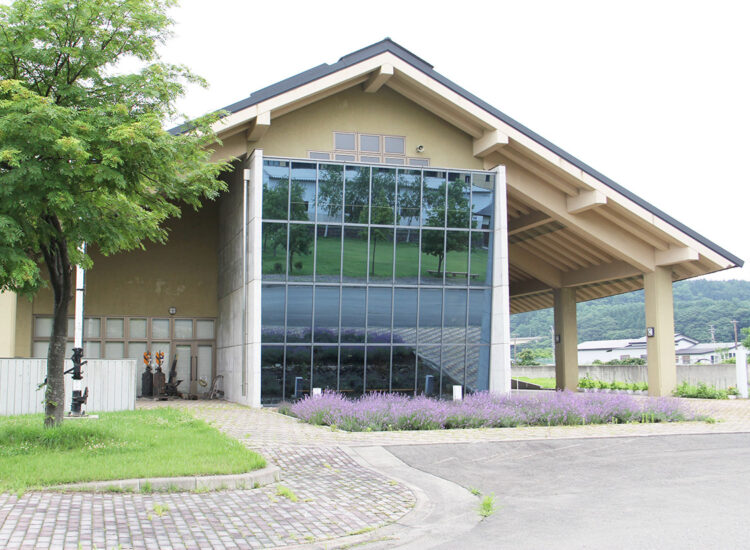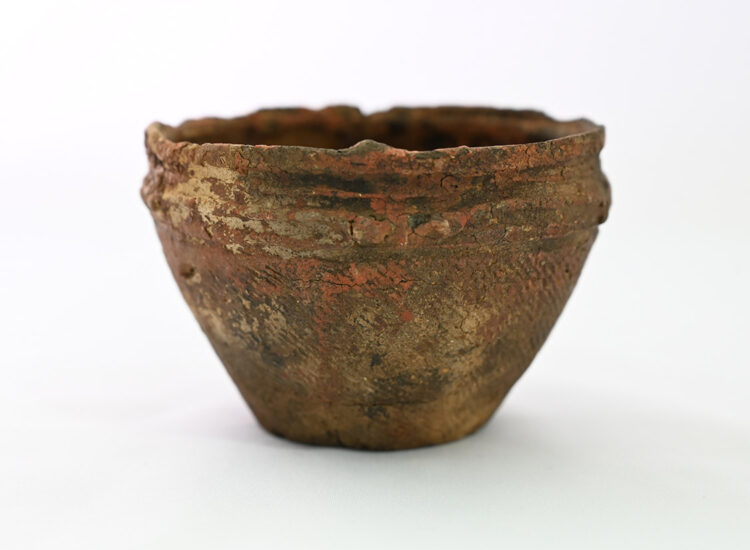
Hachimantai City Museum: The Past and Present of Urushi Lacquer


The Ashiro-cho Hometown Museum which opened in 1998 was renewed as the Hachimantai City Museum with the merger of the three towns of Nishine-cho, Matsuo-mura and Ashiro-cho in 2005.
The permanent exhibition includes Jomon earthenware and materials excavated from sites in Hachimantai City. There are also documents introducing the process of making and lacquering wood, the tools used to make lacquerware, and lacquerware with local characteristics. In addition, there are many other items on display, such as farmers’ tools that have been used in the region, introducing the history and background of the lacquer culture that has been passed down from generation to generation in the Appi River basin, as well as its appeal.
Lacquer trees have been growing in this area since prehistoric times. It is unknown when the area became a lacquer production area, but stone knives with red lacquer and bowls with lacquer decorations have been excavated from the remains of houses found at Jomon ruins along the Appi River (the Hachimantai City Museum only displays the lacquer bowls). The reddish-brown deposits on the inside and outside of the lacquer bowls have been identified as “lacquer film,” and it is thought that these bowls were containers for storing lacquer.
Urushi is not only a paint for beautiful lacquerware but also an adhesive for decorating Buddhist statues and buildings which can be found in many shrines and temples across the country. The fruit of lacquer trees was also used to make candles.
After the Second World War, the production of lacquer was temporarily halted due to changes in lifestyle, but thanks to the efforts of the local people, it was revived and has been handed down to the present day.
Let’s take a look at the history and background of how the Appi River basin became a major production area.
Photo provided by Hachimantai City
→Access to Hachimantai City Museum
